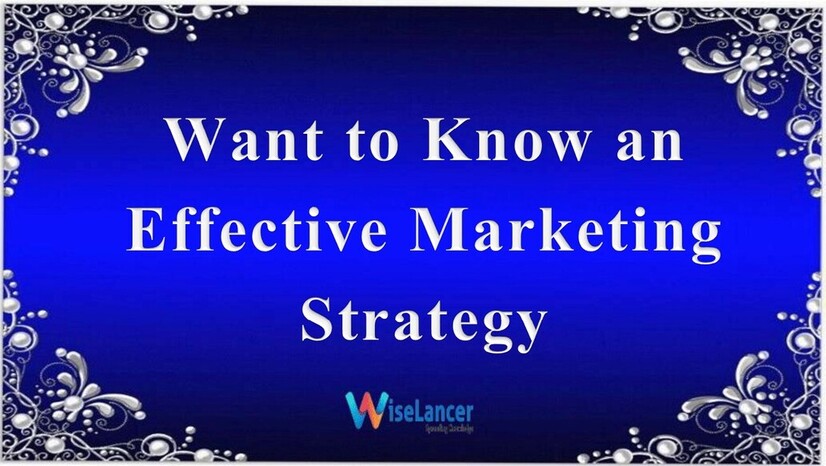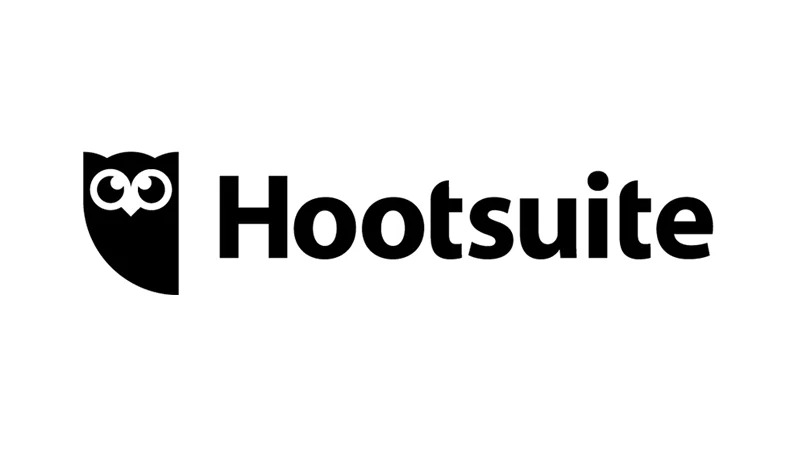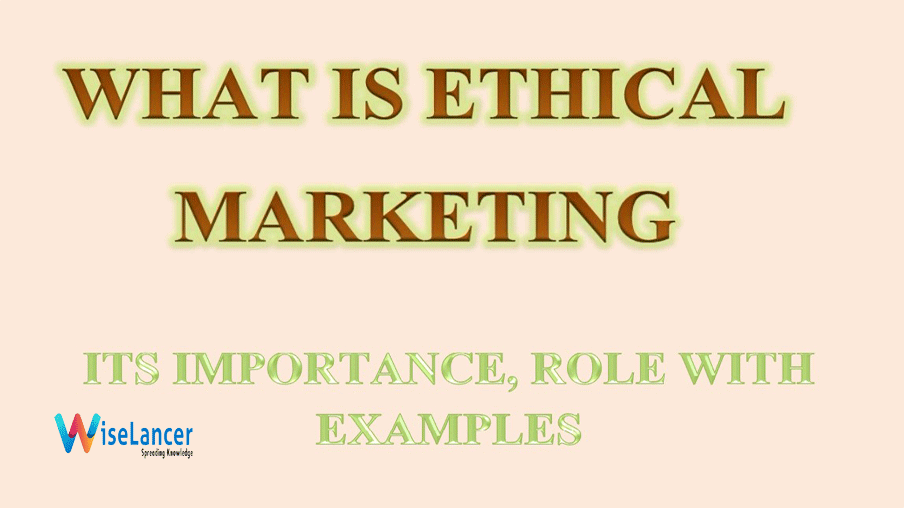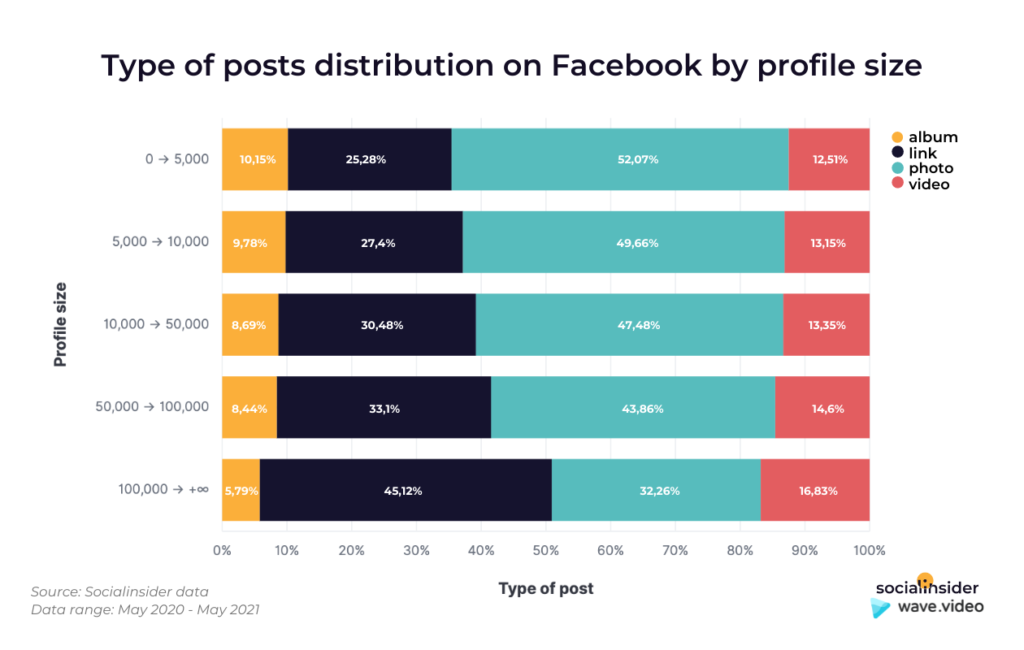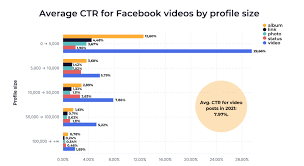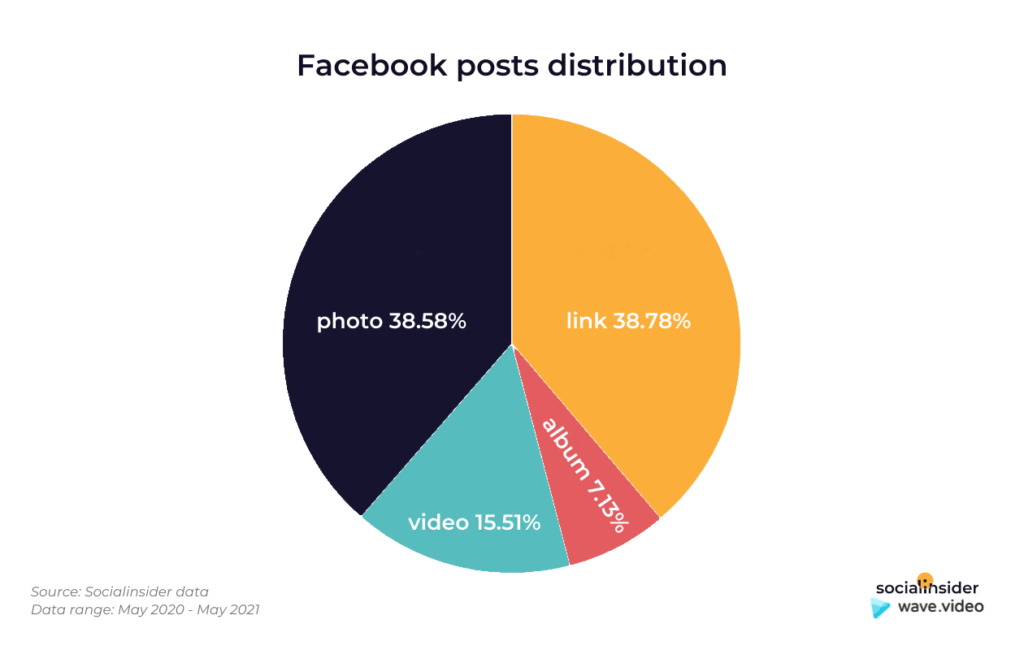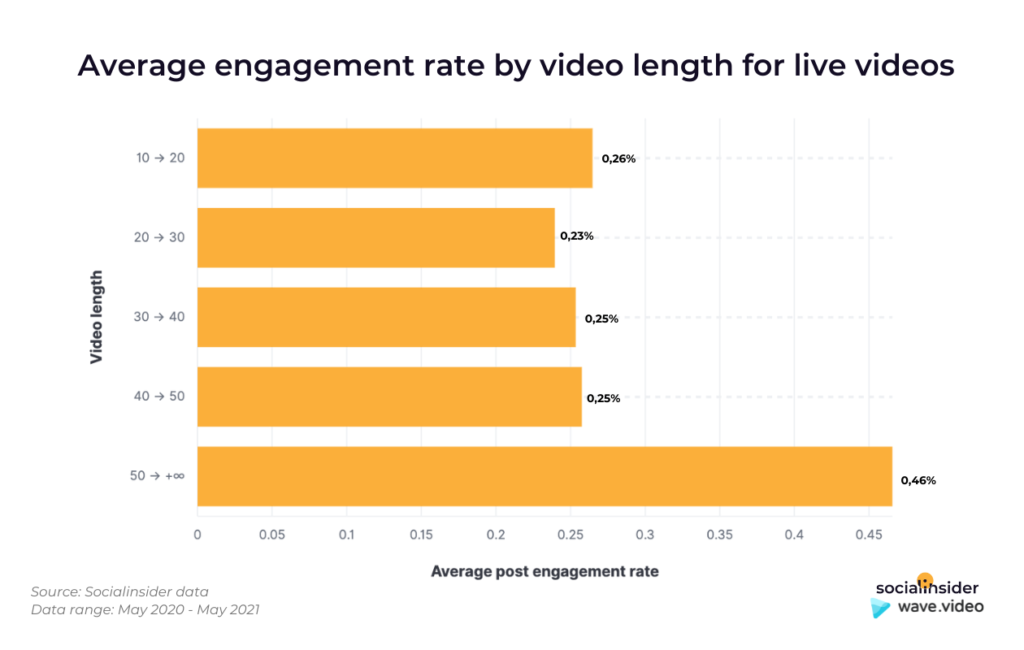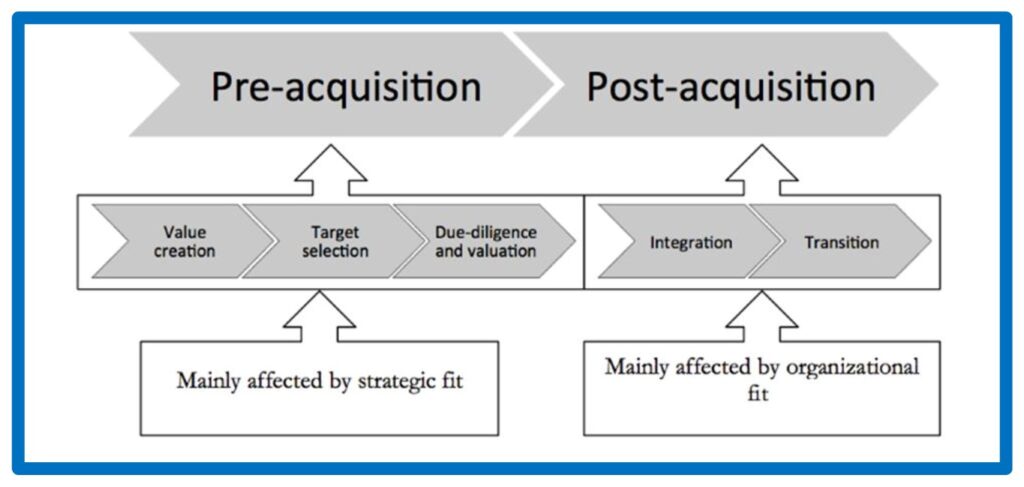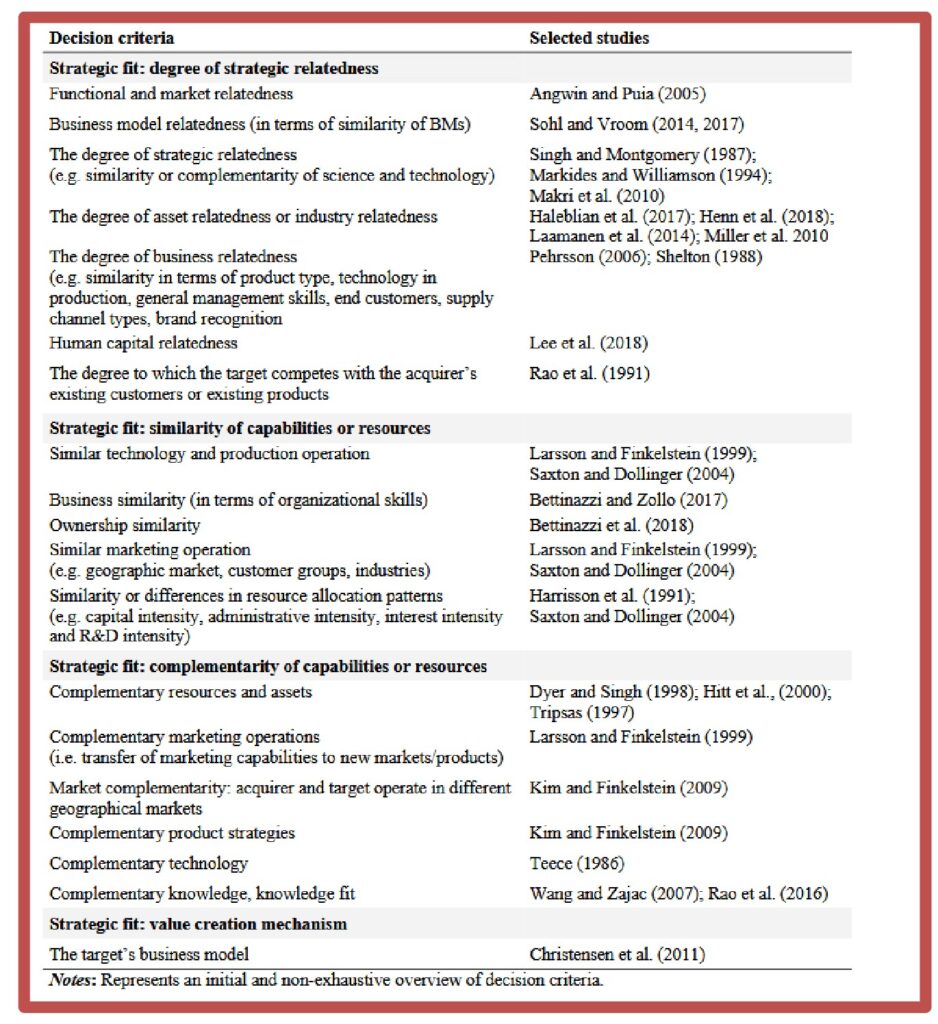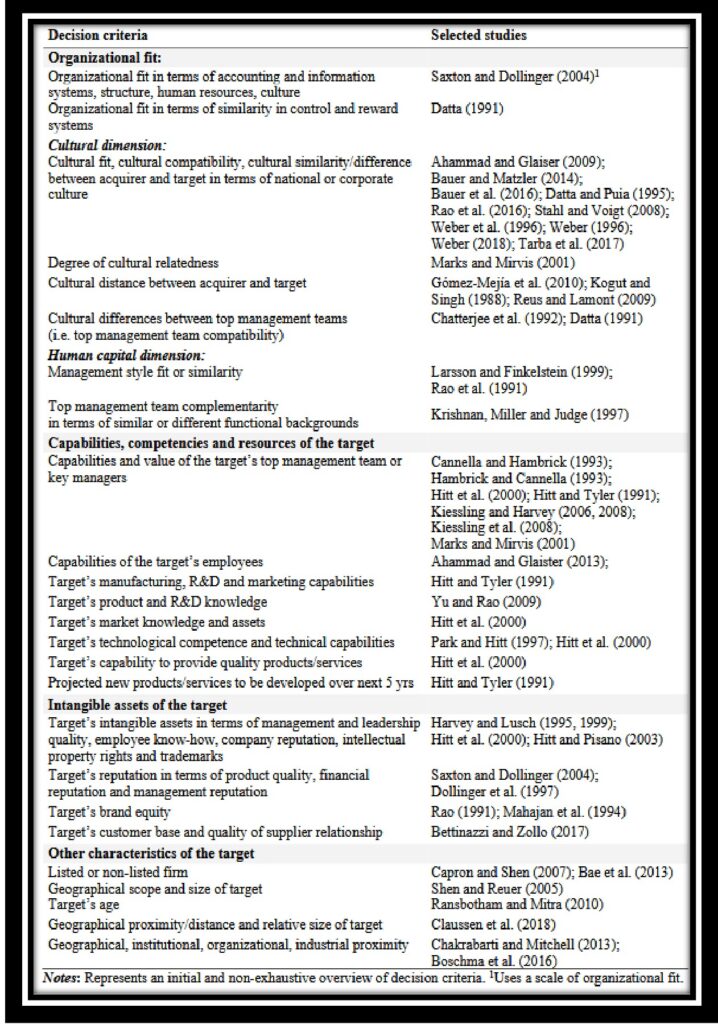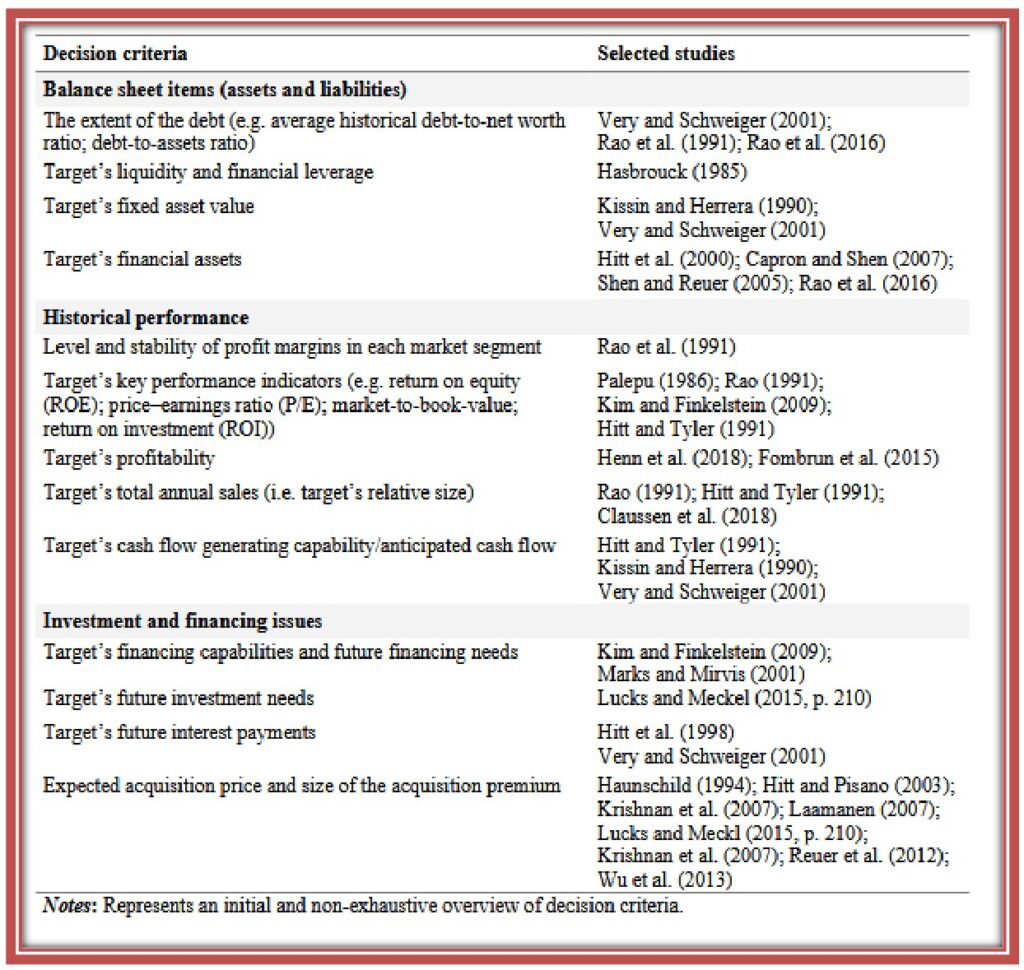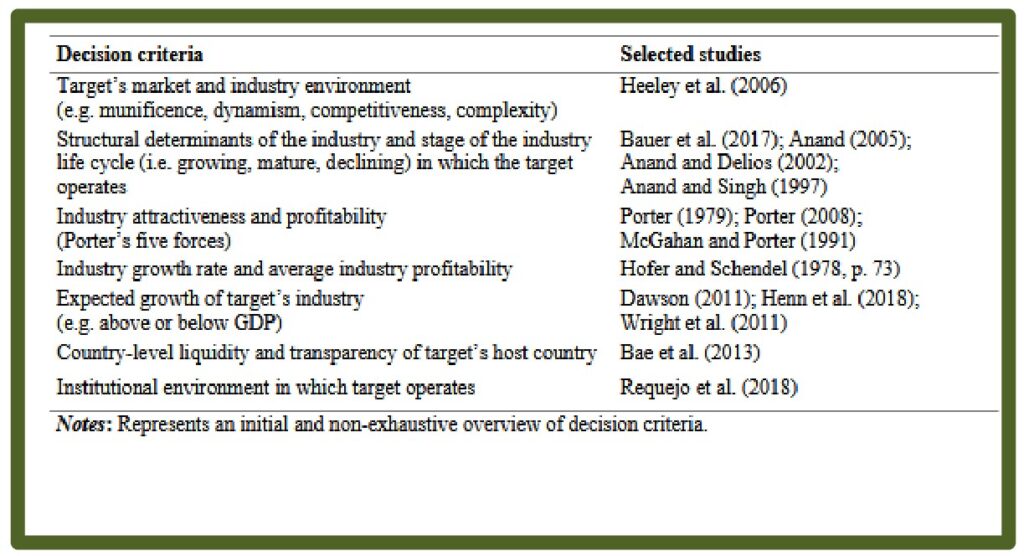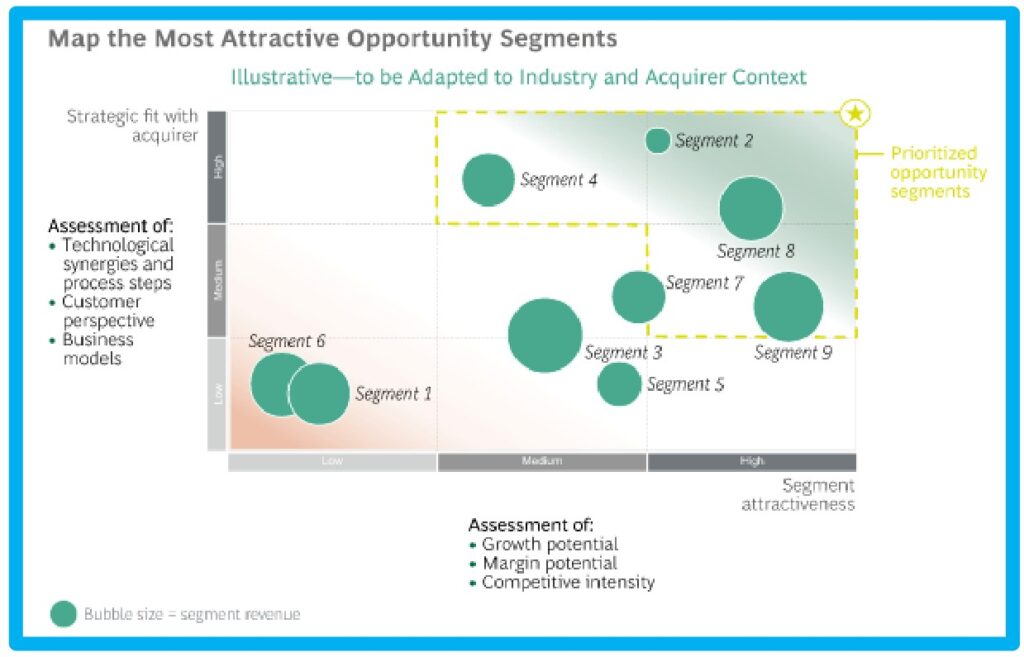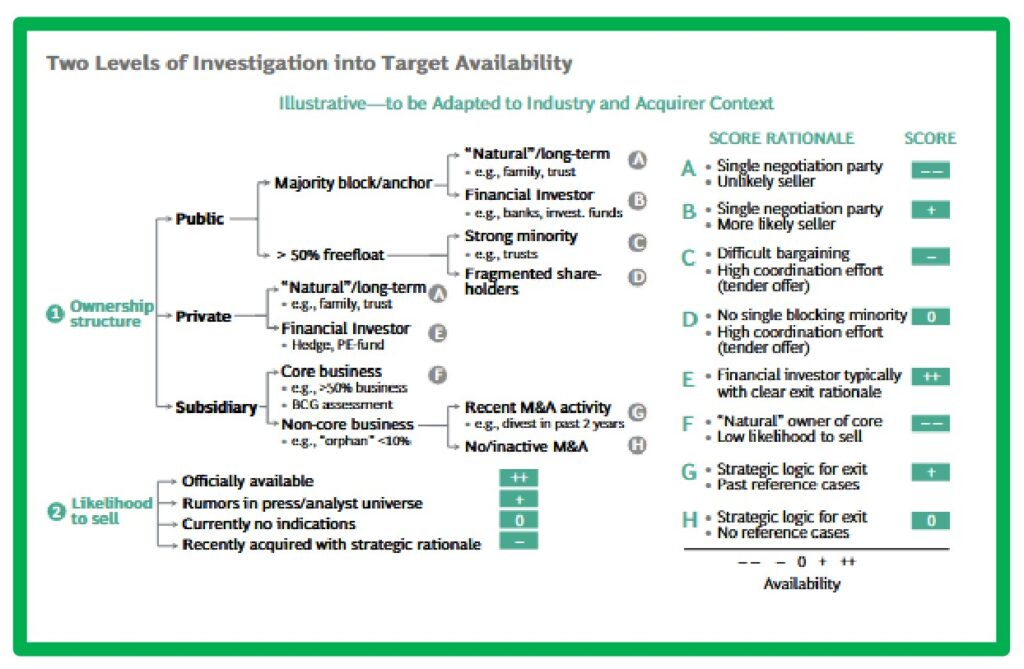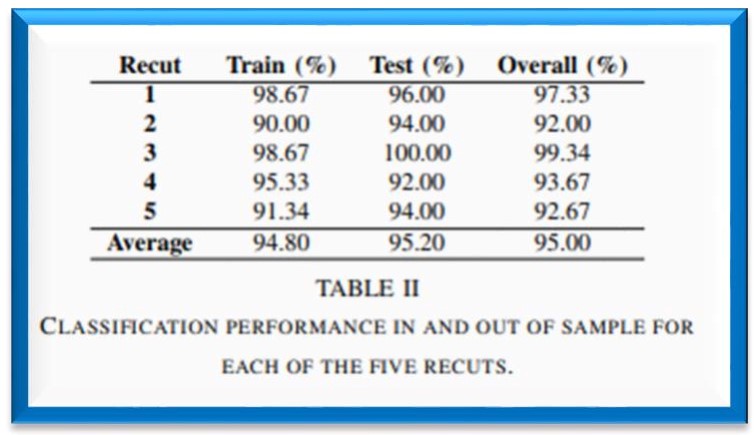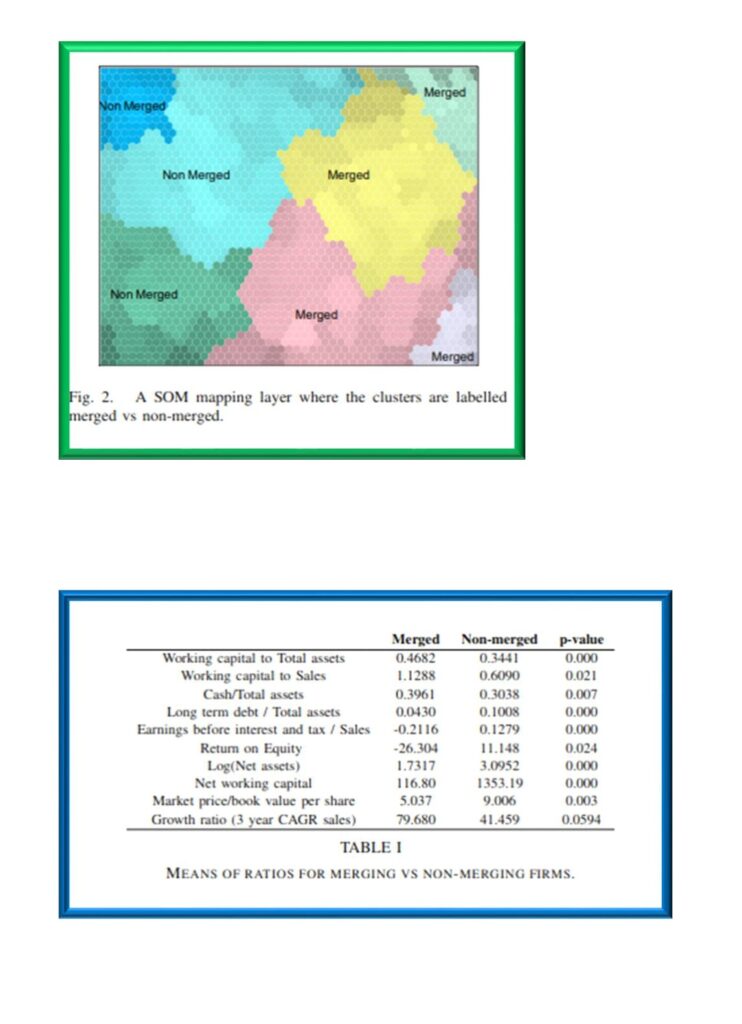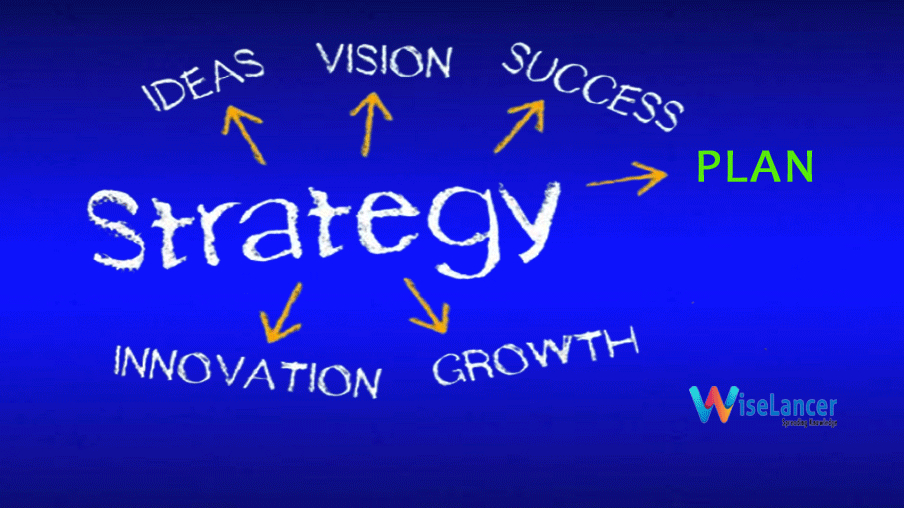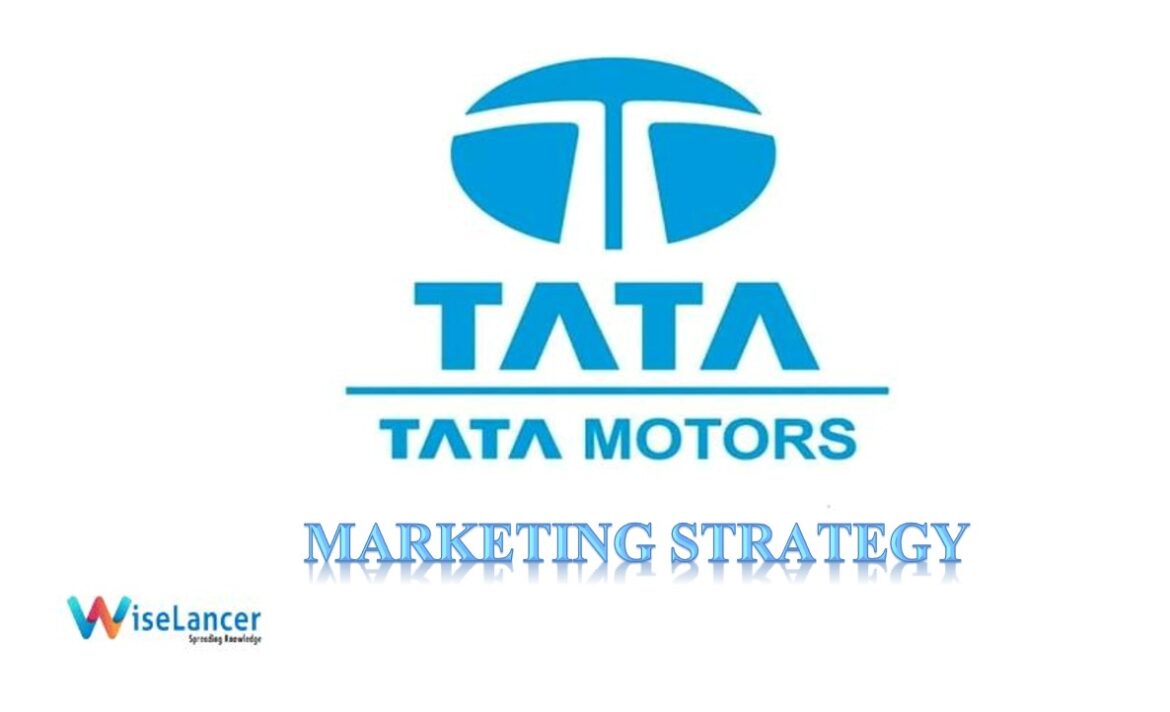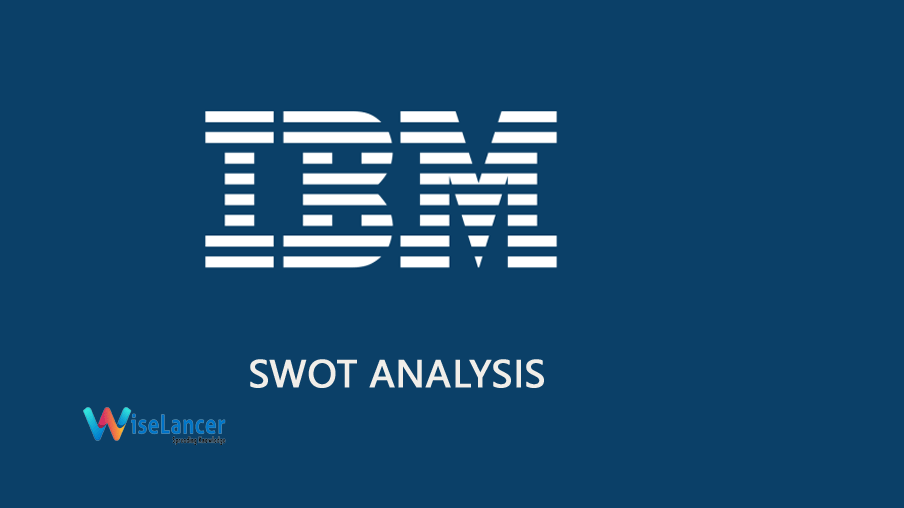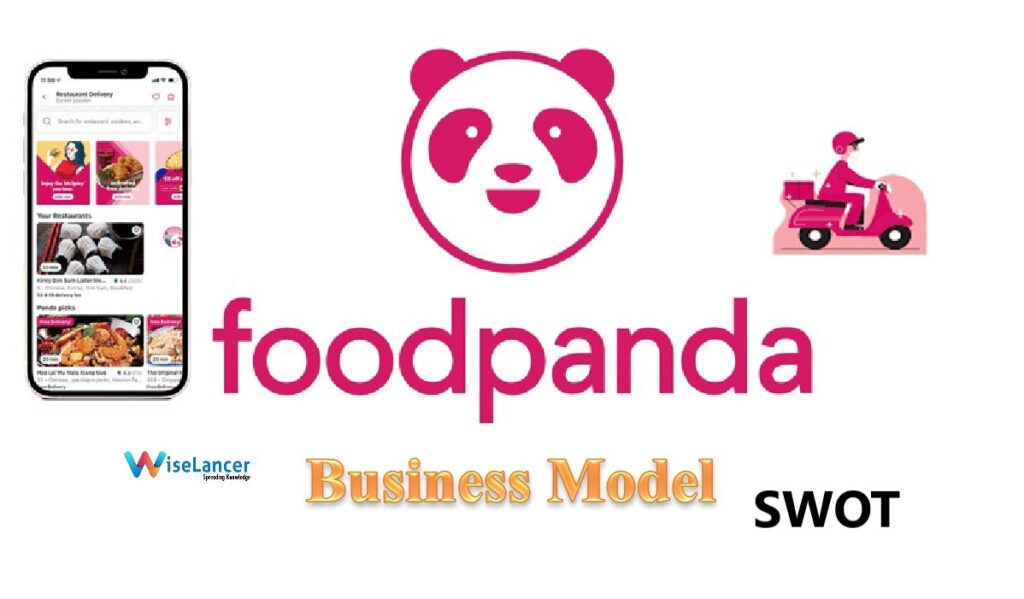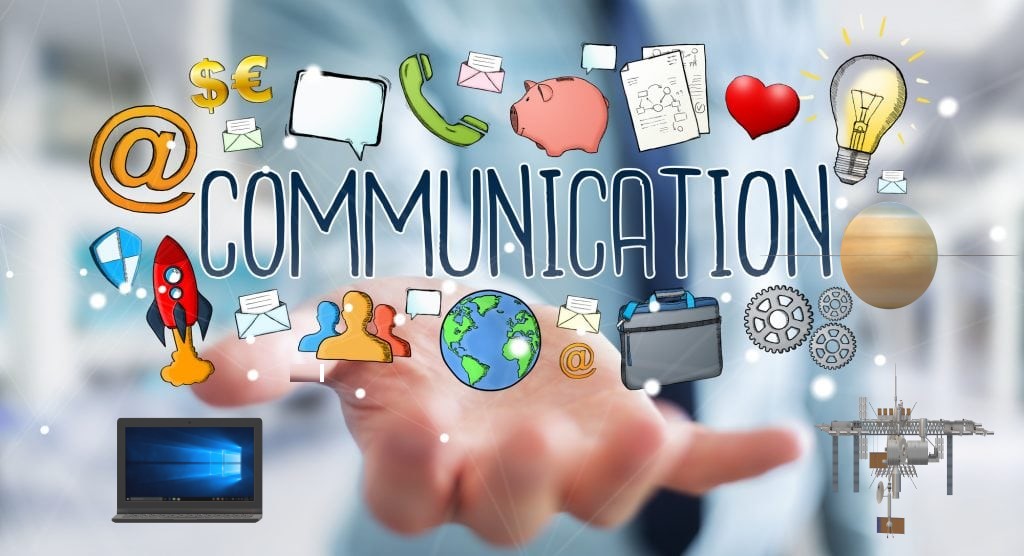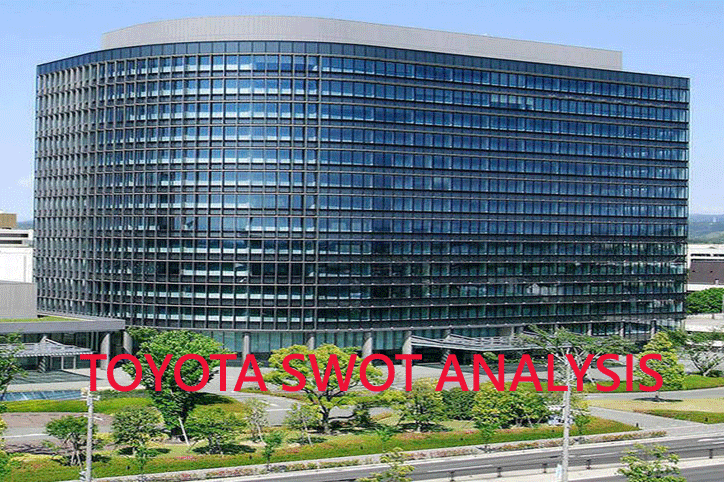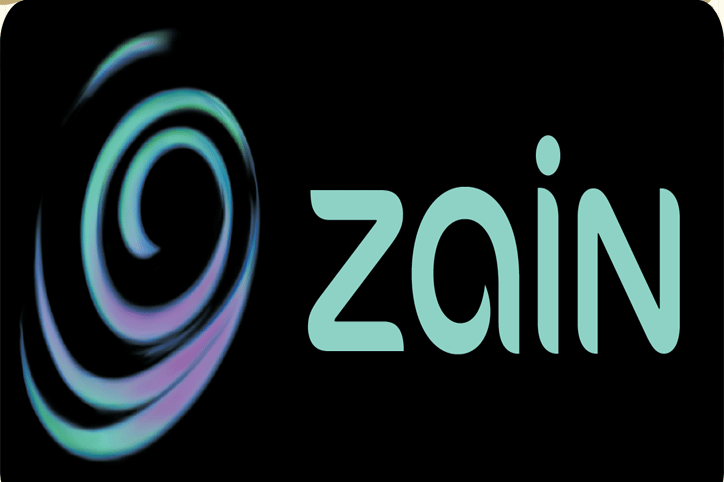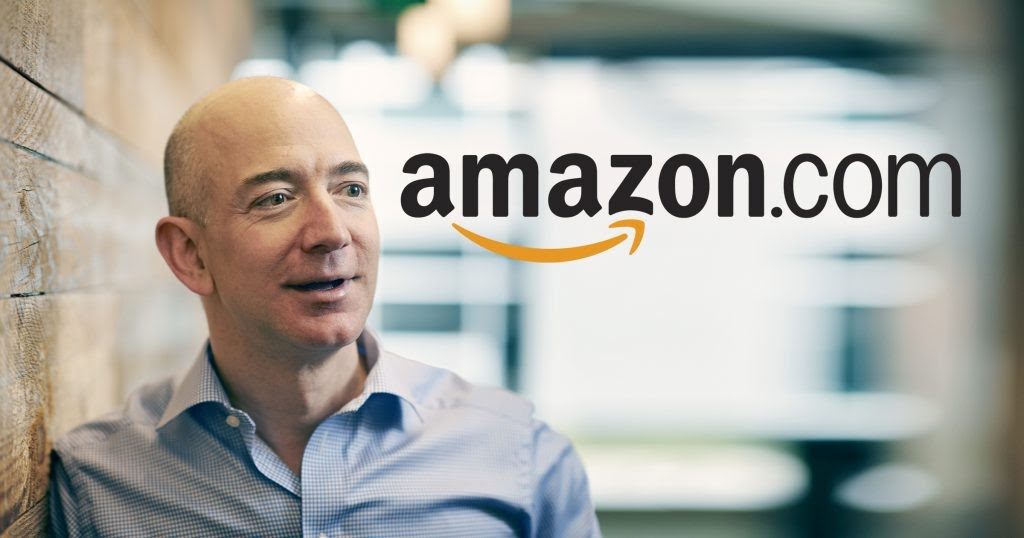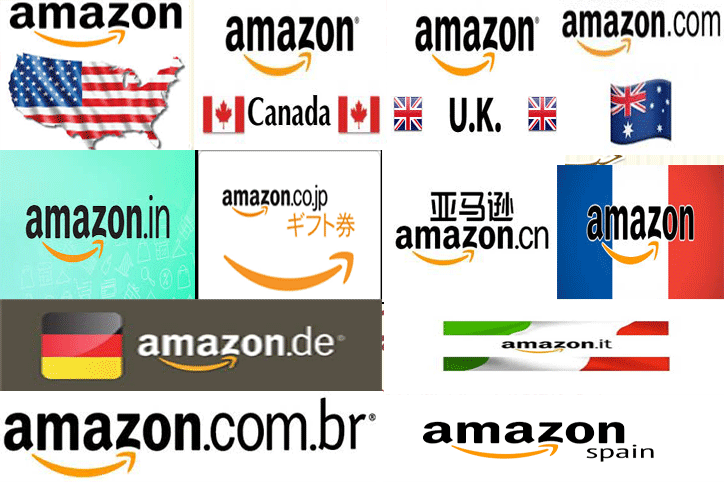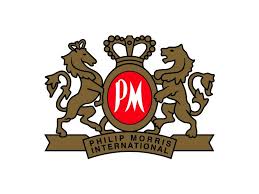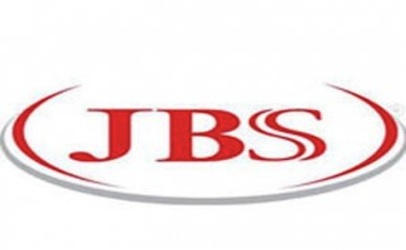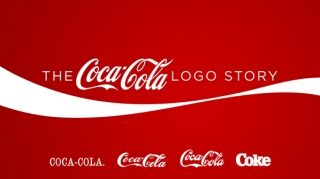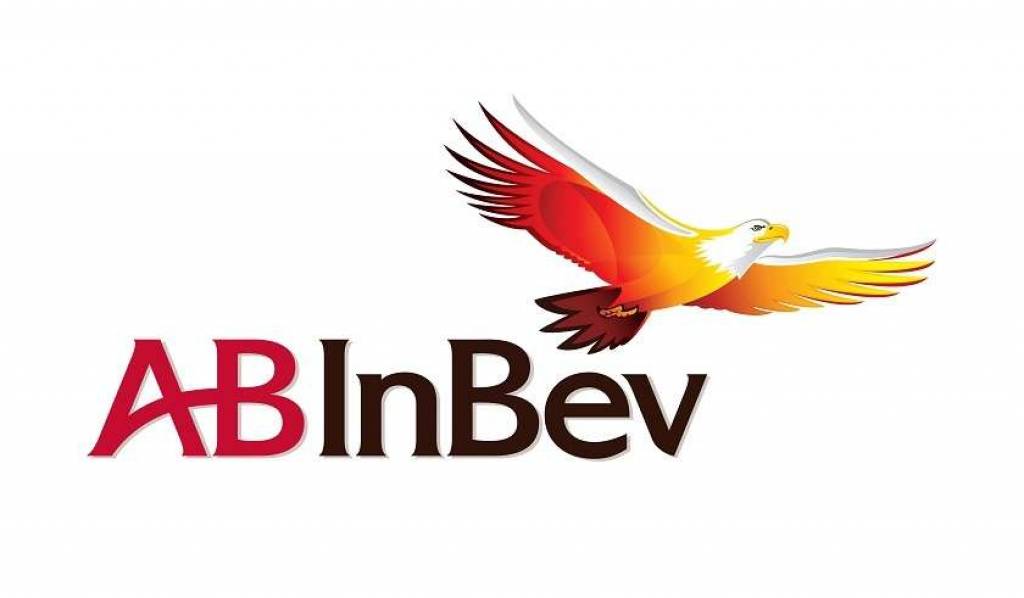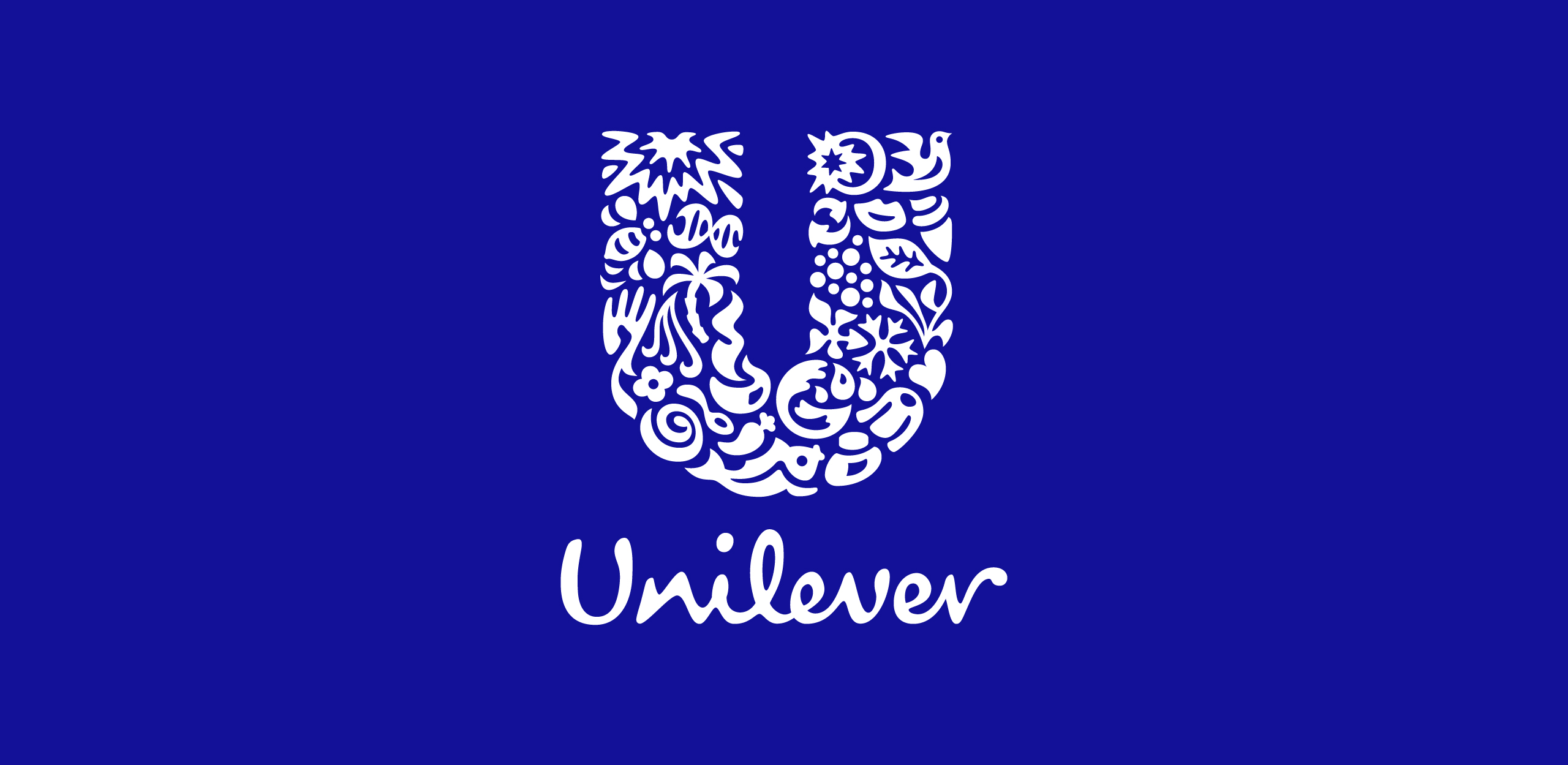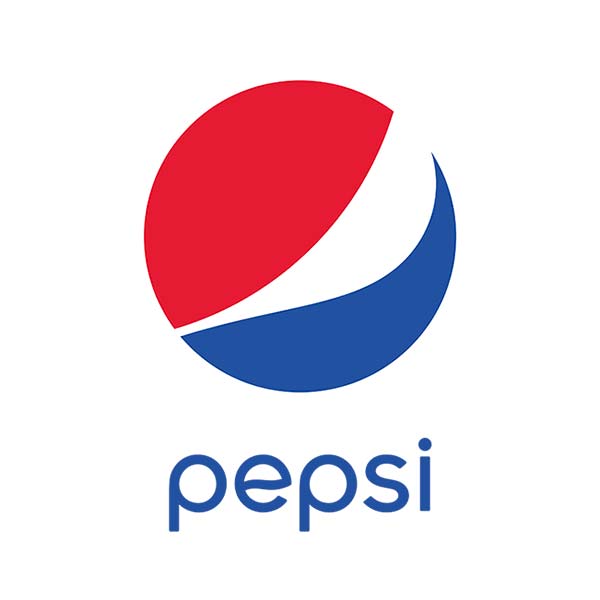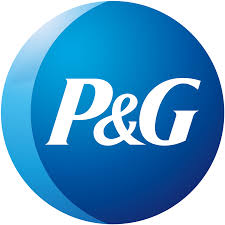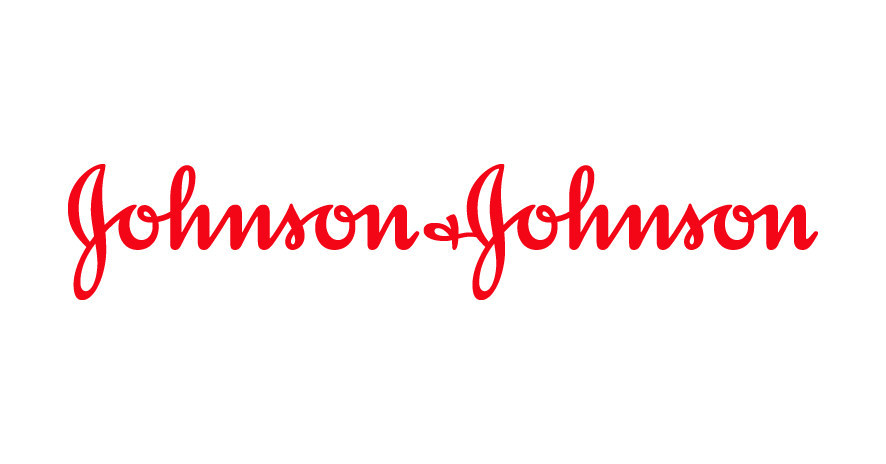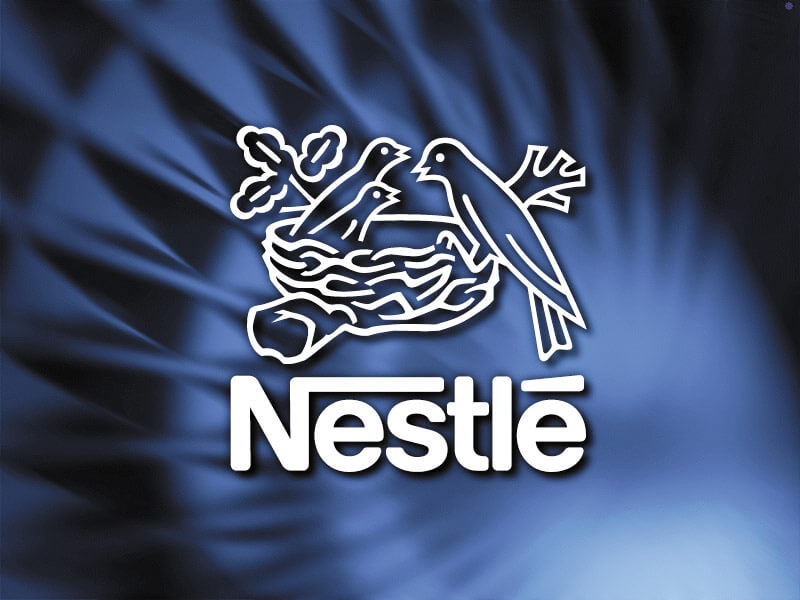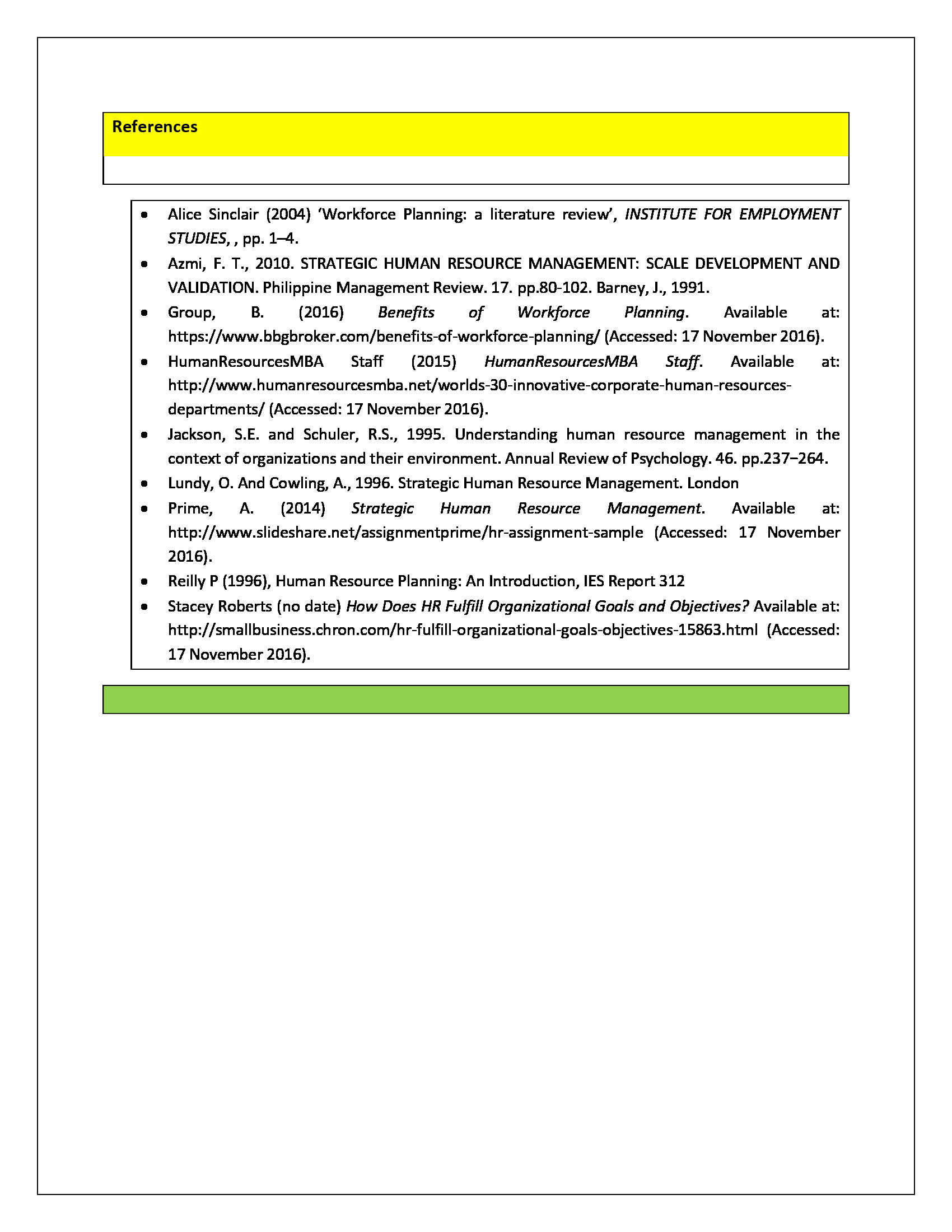Employee Engagement For Productivity
An Important Factor for Productivity is Employee Engagement
How can I engage my team members? Employee engagement is a crucial question for a manager. Employees engagement makes them want to come to work in the company, contribute to its growth, and feel so proud of what they accomplish daily that they enjoy working.
It is often thought that employees need to be more naturally engaged with the company or their role, even though some are more inclined to be than others. Therefore, motivations need to be created and financial motivation is often the first thing that comes to mind to engage them. But if you take a closer look, you will find that in some roles, people genuinely feel engaged in their work, even if the pay is not as high as they would hope, even if the work hours are challenging to balance with their personal life. And this is not necessarily due to the nature of the person who tends to get involved in what they do, who always wants to go the extra mile, etc. No, no, it’s about the role itself.

So, what are the common factors that drive employee engagement across these different roles? The good thing is that you can apply all these factors to any role; you need to know how to redefine your employees’ missions properly.
The Opportunity to Use All Their Strengths:
Employees feel truly motivated at work when they feel helpful to the organization. When you know the qualities of each of your team members well, you can put them to good use. This will benefit both the company and the employee who feels appreciated. Thus, you can assign small (or even large if you trust them) tasks to employees whose jobs they are not doing but who have the skills to do it: good writing, negotiation skills, oral fluency, and an aesthetic sense. This recognizes your employees as multi-faceted individuals rather than considering them as robots associated with a single function.
Participating in the Entire Project | Employee Engagement
It can be frustrating to participate in the same project phase consistently, feel like a small link in a big chain, and only have your nose in your part and suddenly see the finished product without following the intermediate steps. Each project stakeholder need to notify of its stages from initiation to completion. If possible, they may have their say and contribute to the entire work. Satisfaction is always higher when you have done a project from start to finish rather than just adding a slight drop in a vast ocean.
Having A Meaningful Job:
This is perhaps the most complex part, but undoubtedly one of the most important, in employee engagement. If one feels that what they do every day, let’s say from 9 am to 6 pm, has no meaning, it’s not a good start to talk about “engagement with the organization”. A job is not just a paycheck. It would help if you conveyed values that resonate with your employees and highlighted their usefulness for the company and society. It is inevitably easier for some companies, but there is always something in every organization that goes beyond financial profitability.

Empowering and Recognizing:
Finally, you must recognize the qualities of your employees and acknowledge their accomplishments by congratulating them. Also by giving them increasingly empowering tasks to show that you have confidence in their abilities. A manager is not there to constantly punish their employees. They must make them understand their mistakes and when they have done their job well. We progress by knowing both what not to do and what to do.
Being Able to Achieve Their Goals | Employee Engagement
As you can see, employee engagement allows for more well-being and, consequently, more performance. Quite obviously, the work environment is a decisive factor in employee engagement. A non-stimulating or harmful atmosphere will generate discomfort and work stress, resulting in high turnover. But what makes a work environment conducive to engagement?
Firstly, the work environment must allow for the achievement of goals. Your employees will never be stimulated in an environment that hinders their progress and prevents them from reaching the set goal. Two reactions are possible in such a situation. The 1st is feeling discouraged, thinking that the fault lies with oneself. This loss of confidence will result in a decrease in performance. They may blame the organization for one’s failure and, therefore, disengaging from it.

Recognizing Everyone’s Successes | Employee Engagement
Secondly, a climate of recognition must be established. Your employees must feel helpful by achieving their goals and receiving recognition from others for this achievement. Some people cannot be happy of their successes if they do not receive the recognization to have done an excellent job.
Allowing Personal and Professional Development
Finally, employee engagement would help if you offer opportunities to progress through promotions. It can be varied by entrusting them with varied, increasingly empowering tasks that require more and more experience. Employees’ engagement with their company is clearly linked to their motivation to get up in the morning to go to work; if there is no sense of progress, there is simply no motivation.
Need Help or Advice in Academic Writing
See Samples
https://independent.academia.edu/shamsulIslam8
Need Help or Advice in Content Writing Management:
Would you like more advice? Do you have good practices to share? Please feel free to express yourself in the comments. Also, if you want help in writing content to drive more traffic and boost conversions, please get in touch through Contact our team or send your requirements here.
Read More:
A GUIDE TO BOOSTING EMPLOYEE JOB SATISFACTION

